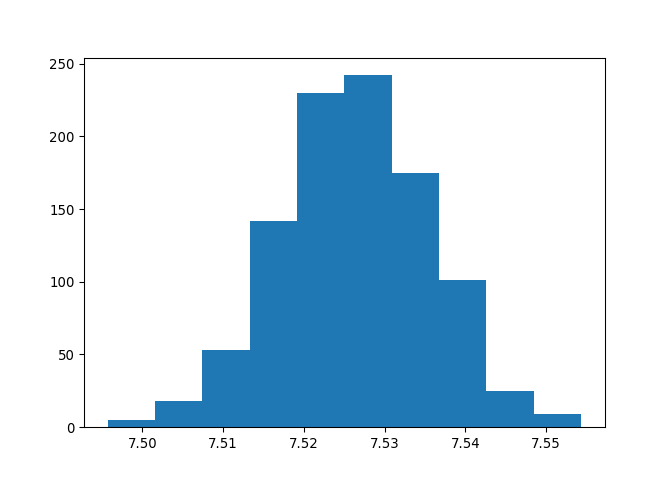Introduction to bootstrapping
Sampling in Python

James Chapman
Curriculum Manager, DataCamp
With or without
Sampling without replacement:

Sampling with replacement ("resampling"):

Simple random sampling without replacement
Population:

Sample:

Simple random sampling with replacement
Population:

Resample:

Why sample with replacement?
coffee_ratings: a sample of a larger population of all coffees- Each coffee in our sample represents many different hypothetical population coffees
- Sampling with replacement is a proxy
Coffee data preparation
coffee_focus = coffee_ratings[["variety", "country_of_origin", "flavor"]]
coffee_focus = coffee_focus.reset_index()
index variety country_of_origin flavor
0 0 None Ethiopia 8.83
1 1 Other Ethiopia 8.67
2 2 Bourbon Guatemala 8.50
3 3 None Ethiopia 8.58
4 4 Other Ethiopia 8.50
... ... ... ... ...
1333 1333 None Ecuador 7.58
1334 1334 None Ecuador 7.67
1335 1335 None United States 7.33
1336 1336 None India 6.83
1337 1337 None Vietnam 6.67
[1338 rows x 4 columns]
Resampling with .sample()
coffee_resamp = coffee_focus.sample(frac=1, replace=True)
index variety country_of_origin flavor
1140 1140 Bourbon Guatemala 7.25
57 57 Bourbon Guatemala 8.00
1152 1152 Bourbon Mexico 7.08
621 621 Caturra Thailand 7.50
44 44 SL28 Kenya 8.08
... ... ... ... ...
996 996 Typica Mexico 7.33
1090 1090 Bourbon Guatemala 7.33
918 918 Other Guatemala 7.42
249 249 Caturra Colombia 7.67
467 467 Caturra Colombia 7.50
[1338 rows x 4 columns]
Repeated coffees
coffee_resamp["index"].value_counts()
658 5
167 4
363 4
357 4
1047 4
..
771 1
770 1
766 1
764 1
0 1
Name: index, Length: 868, dtype: int64
Missing coffees
num_unique_coffees = len(coffee_resamp.drop_duplicates(subset="index"))
868
len(coffee_ratings) - num_unique_coffees
470
Bootstrapping
The opposite of sampling from a population
Sampling: going from a population to a smaller sample
Bootstrapping: building up a theoretical population from the sample
Bootstrapping use case:
- Develop understanding of sampling variability using a single sample

Bootstrapping process
- Make a resample of the same size as the original sample
- Calculate the statistic of interest for this bootstrap sample
- Repeat steps 1 and 2 many times
The resulting statistics are bootstrap statistics, and they form a bootstrap distribution
Bootstrapping coffee mean flavor
import numpy as npmean_flavors_1000 = []for i in range(1000):mean_flavors_1000.append(np.mean(coffee_sample.sample(frac=1, replace=True)['flavor']))
Bootstrap distribution histogram
import matplotlib.pyplot as plt
plt.hist(mean_flavors_1000)
plt.show()

Let's practice!
Sampling in Python

